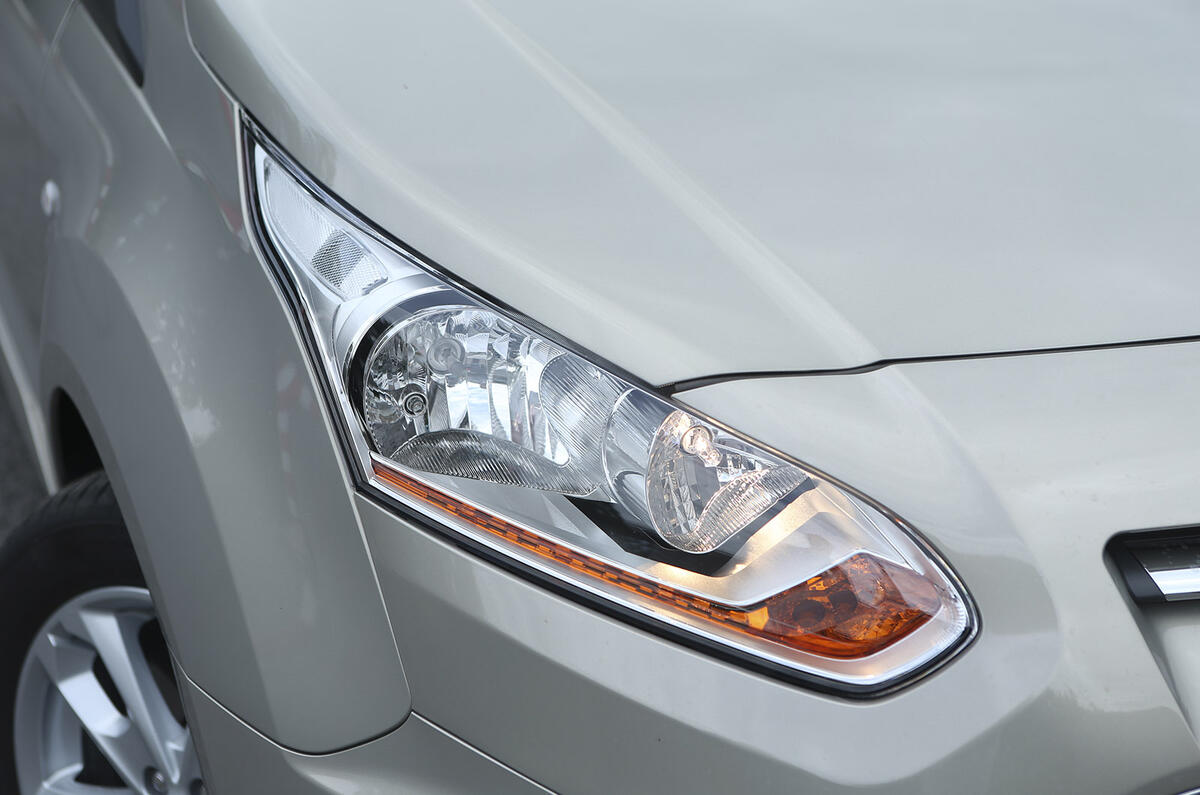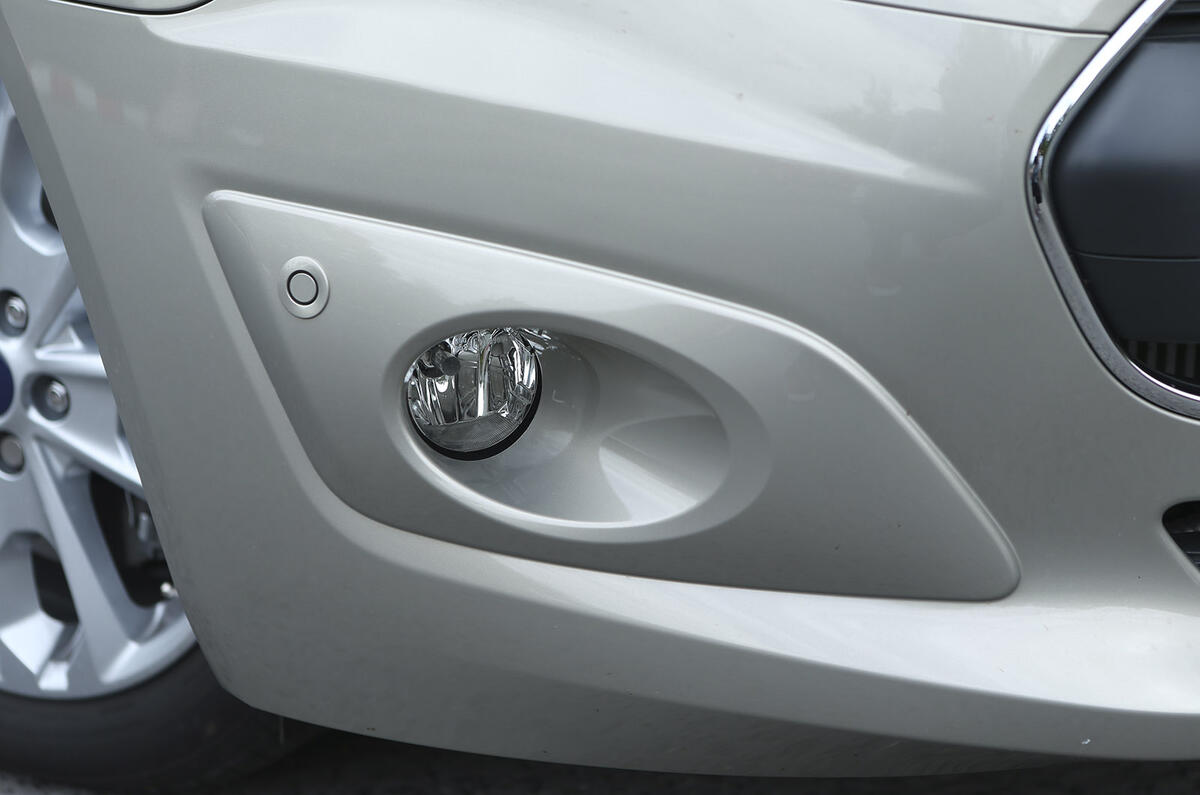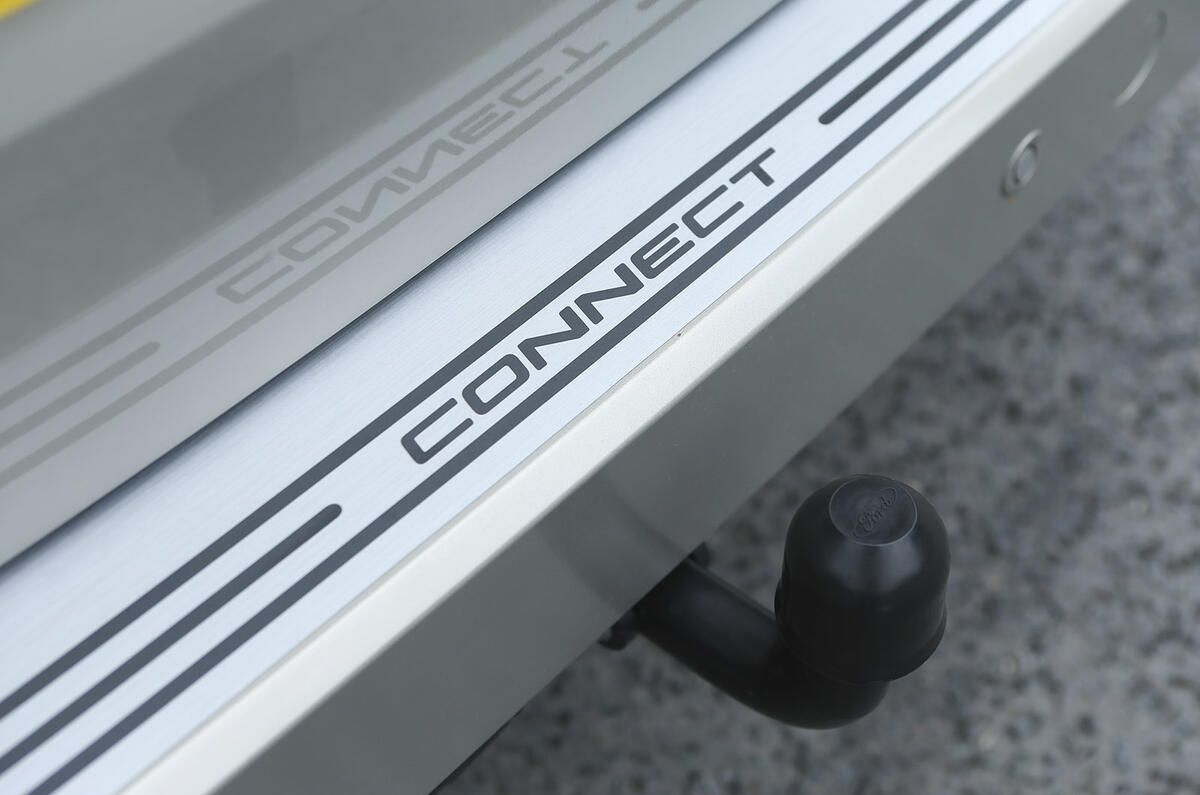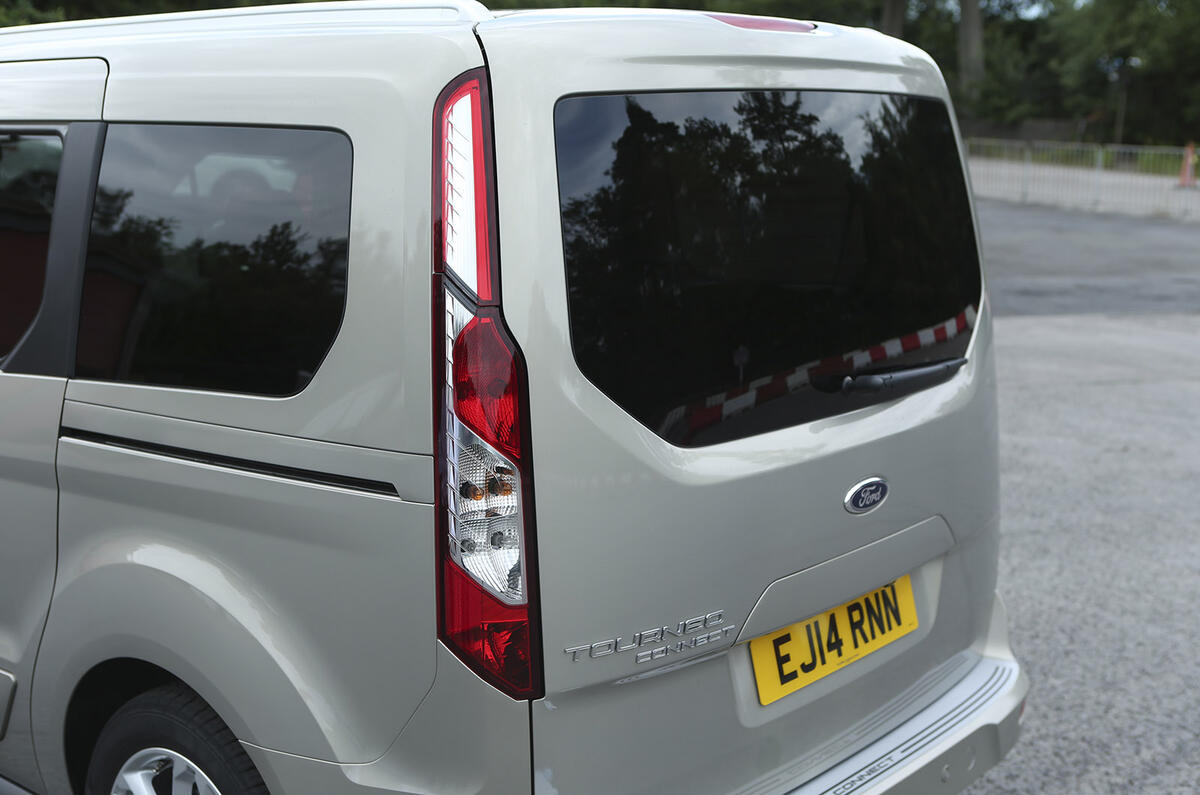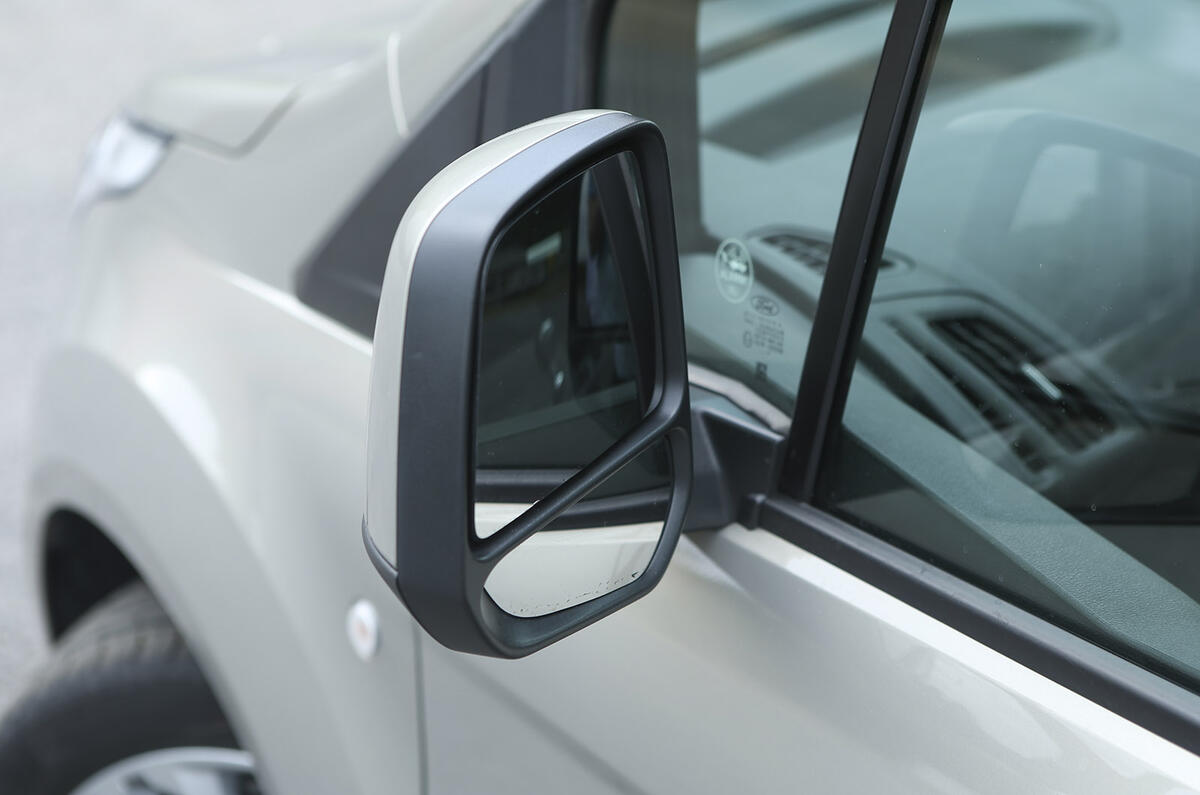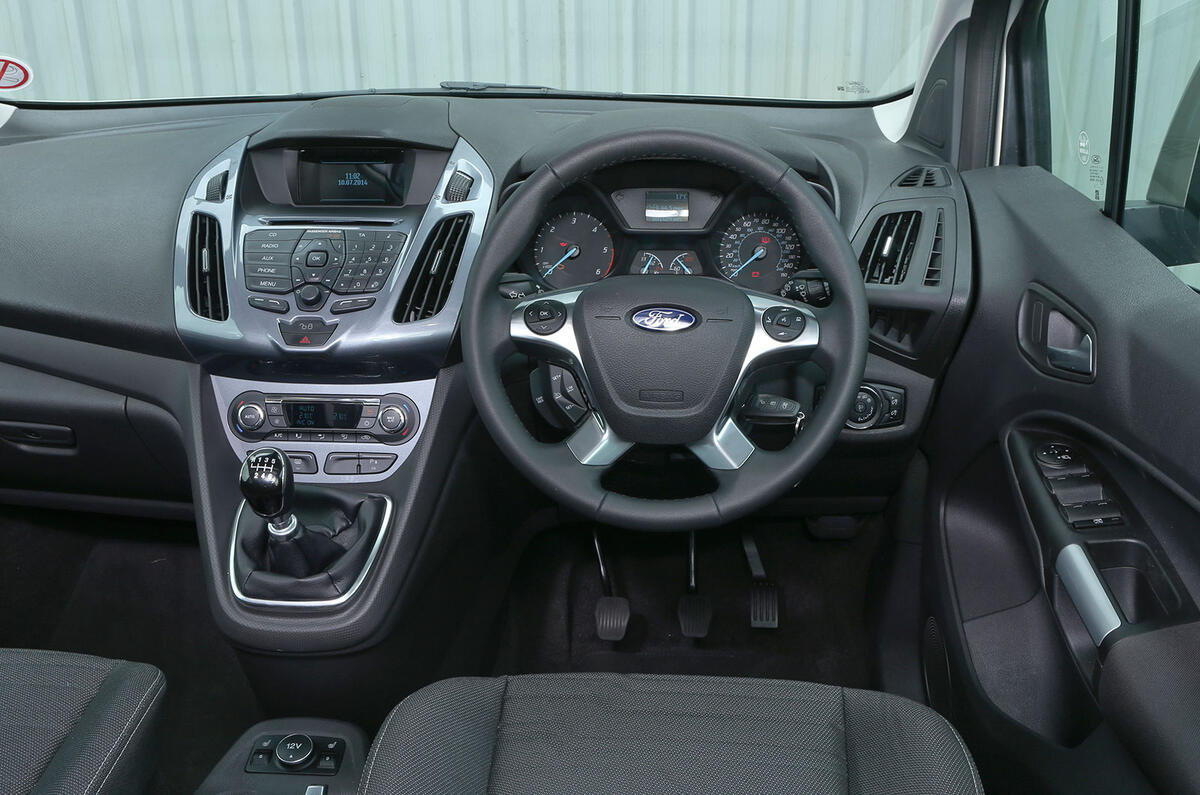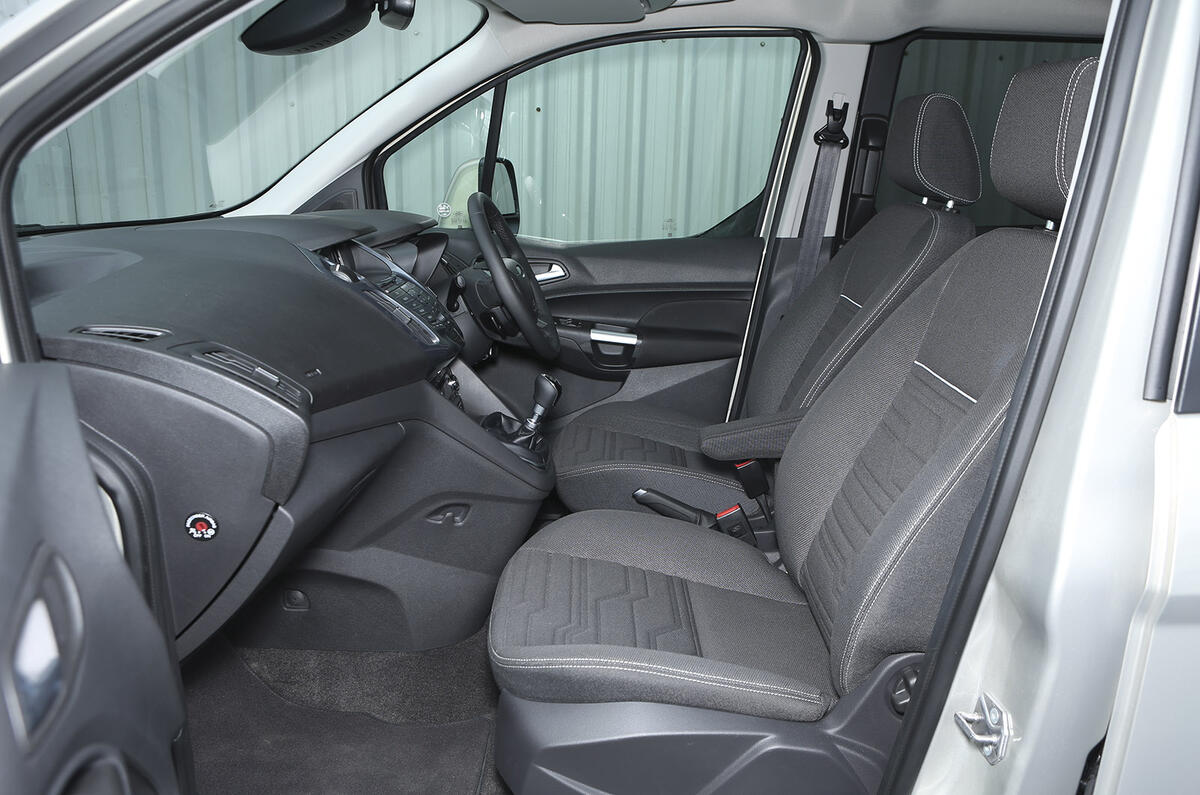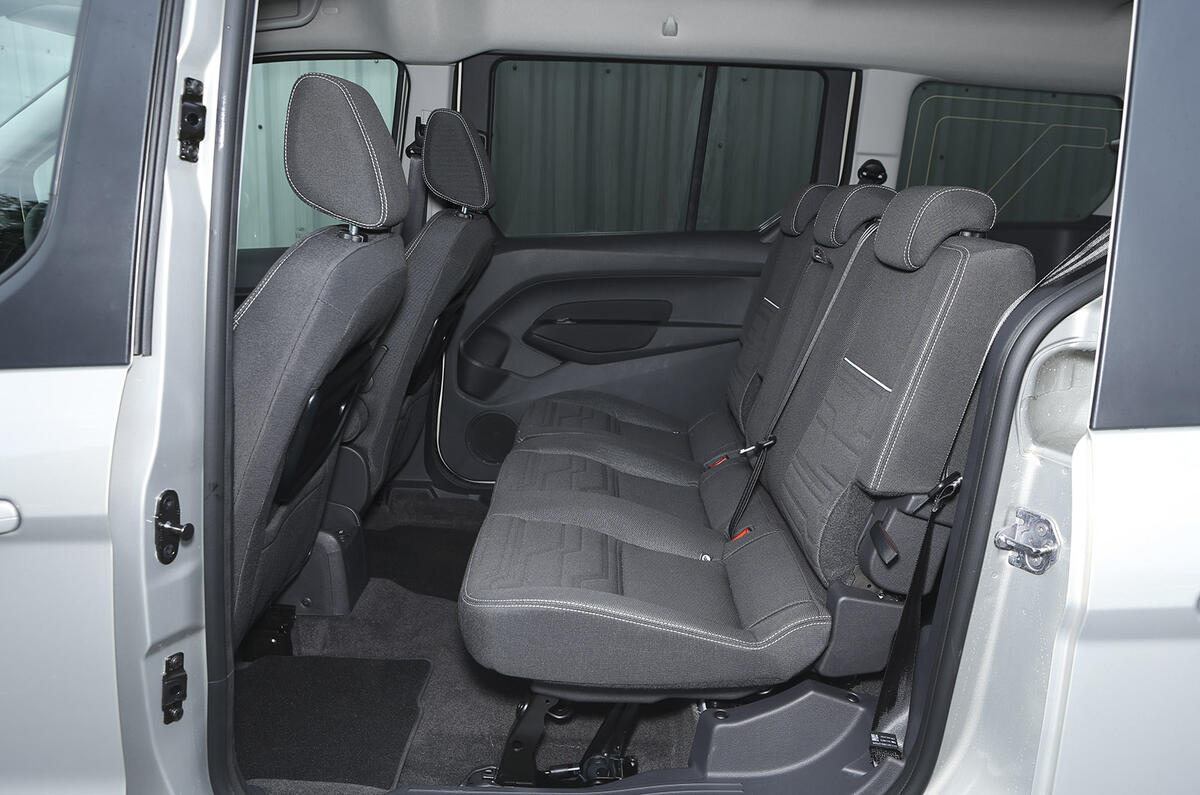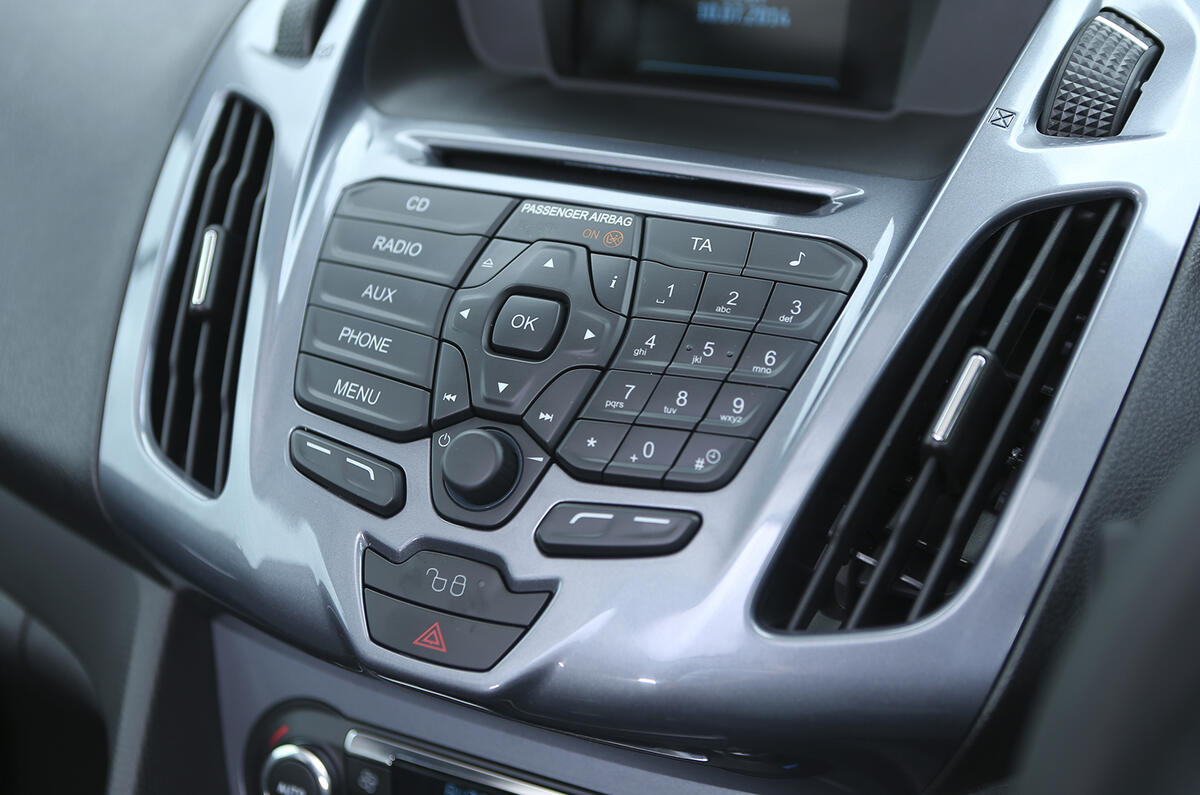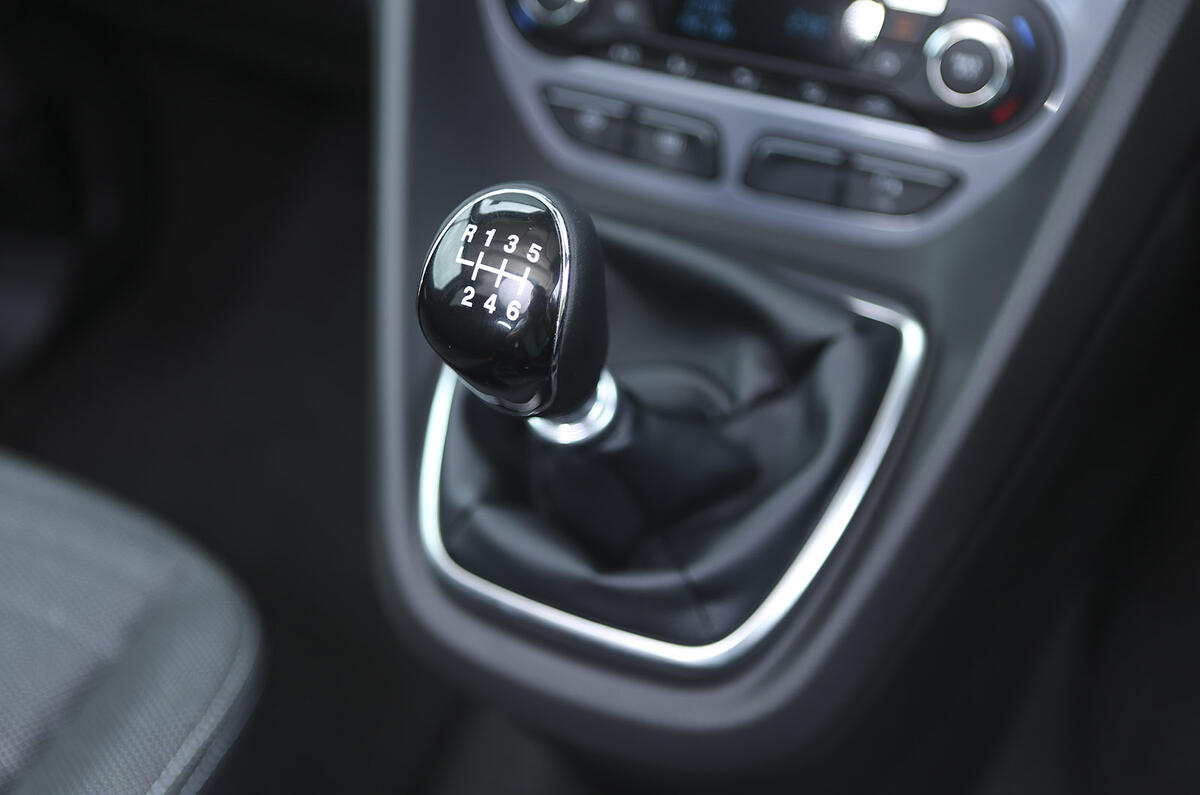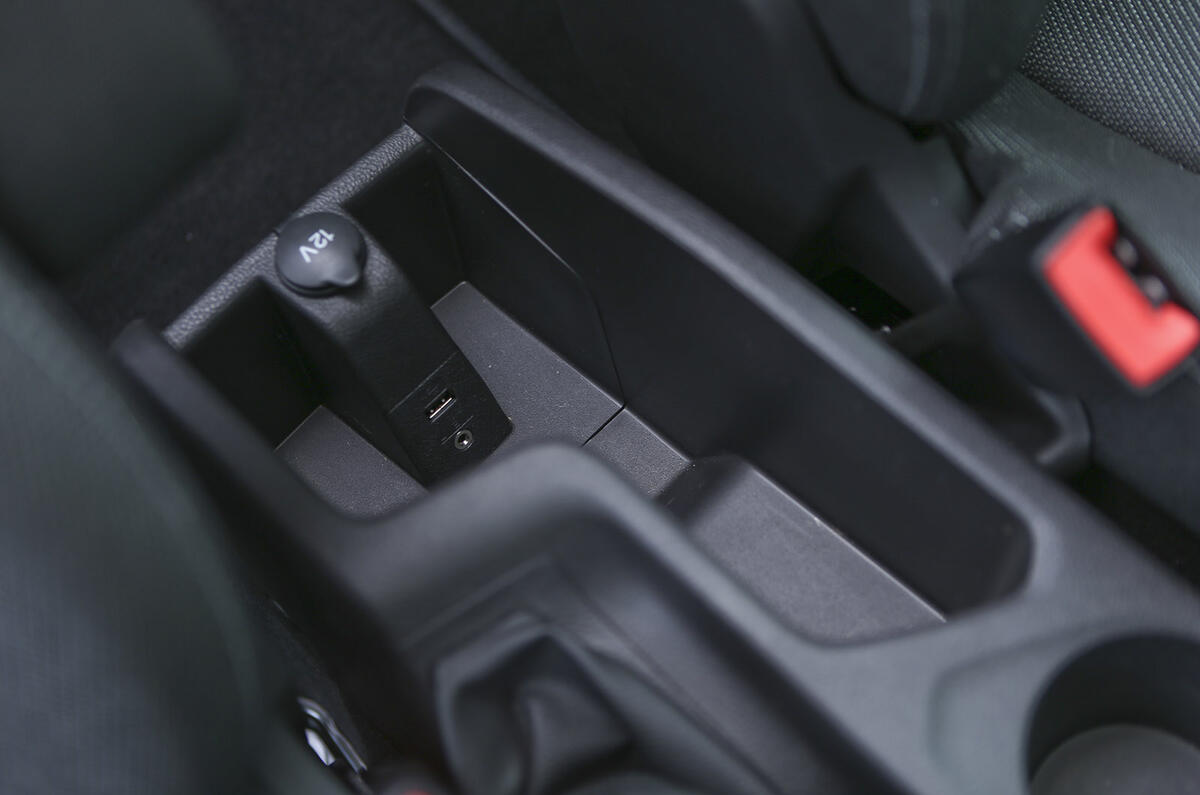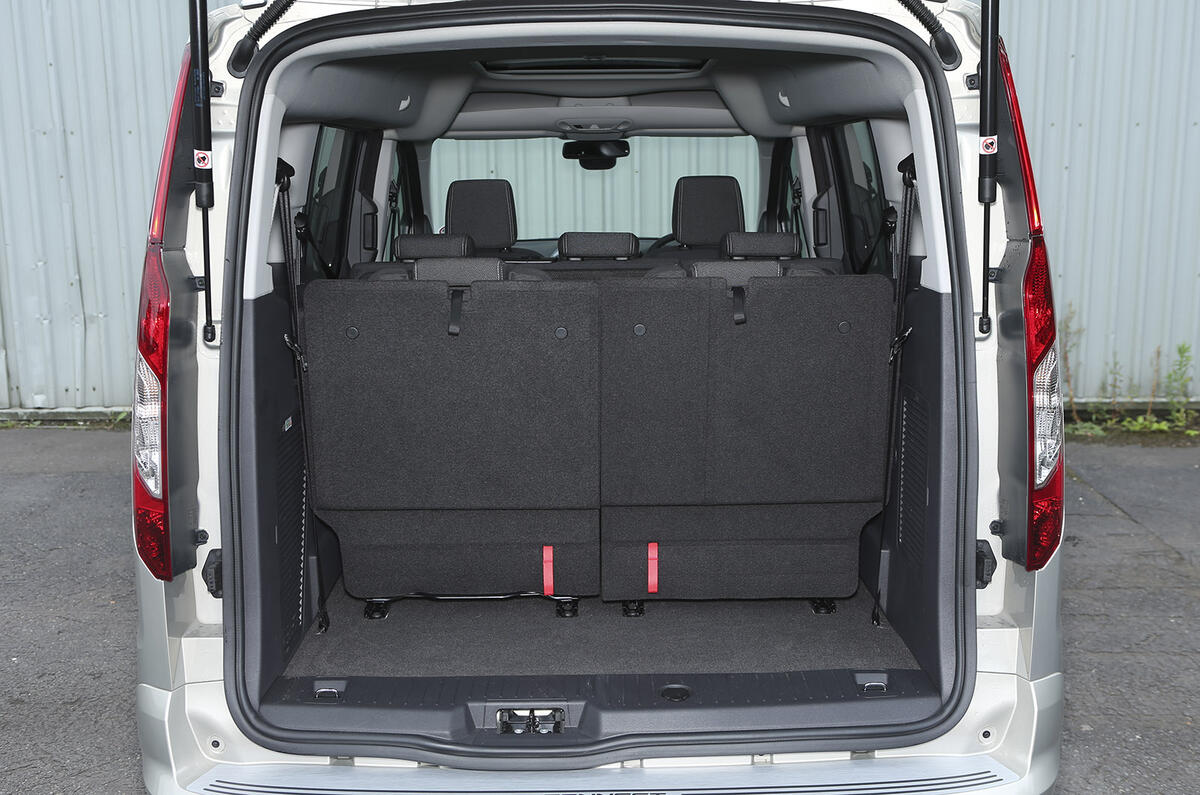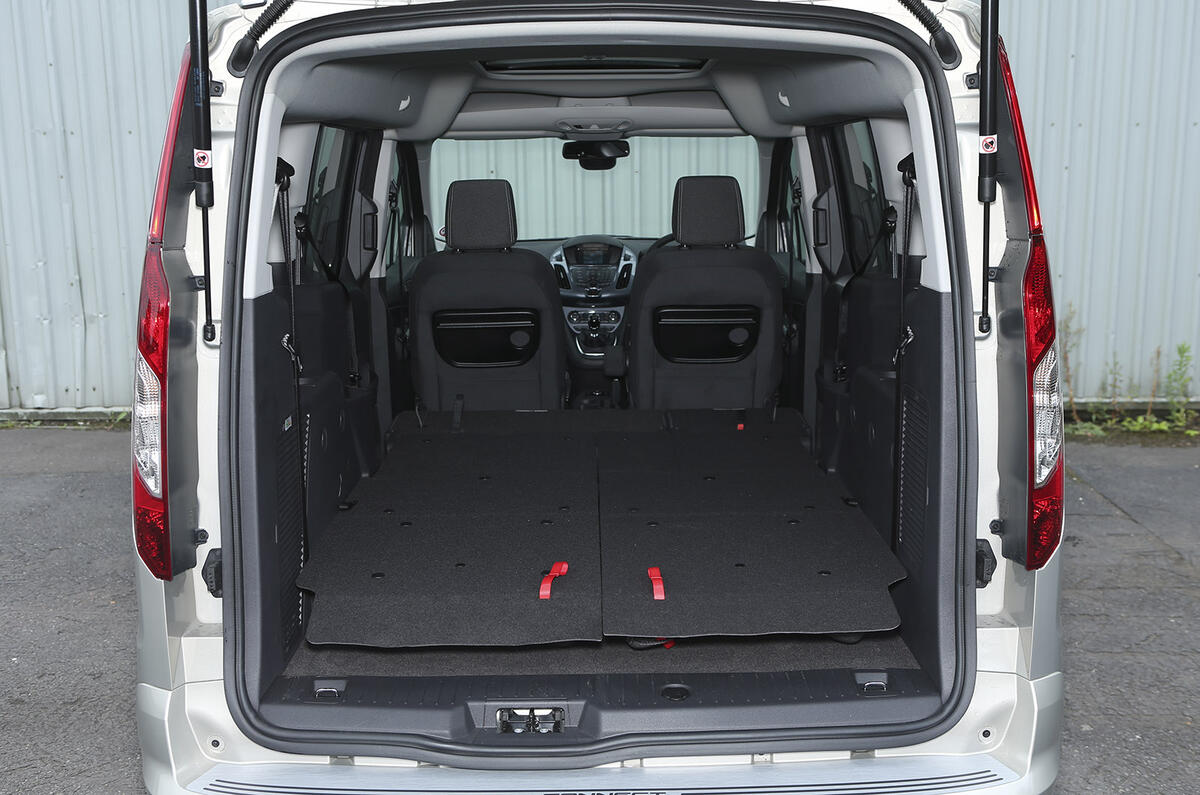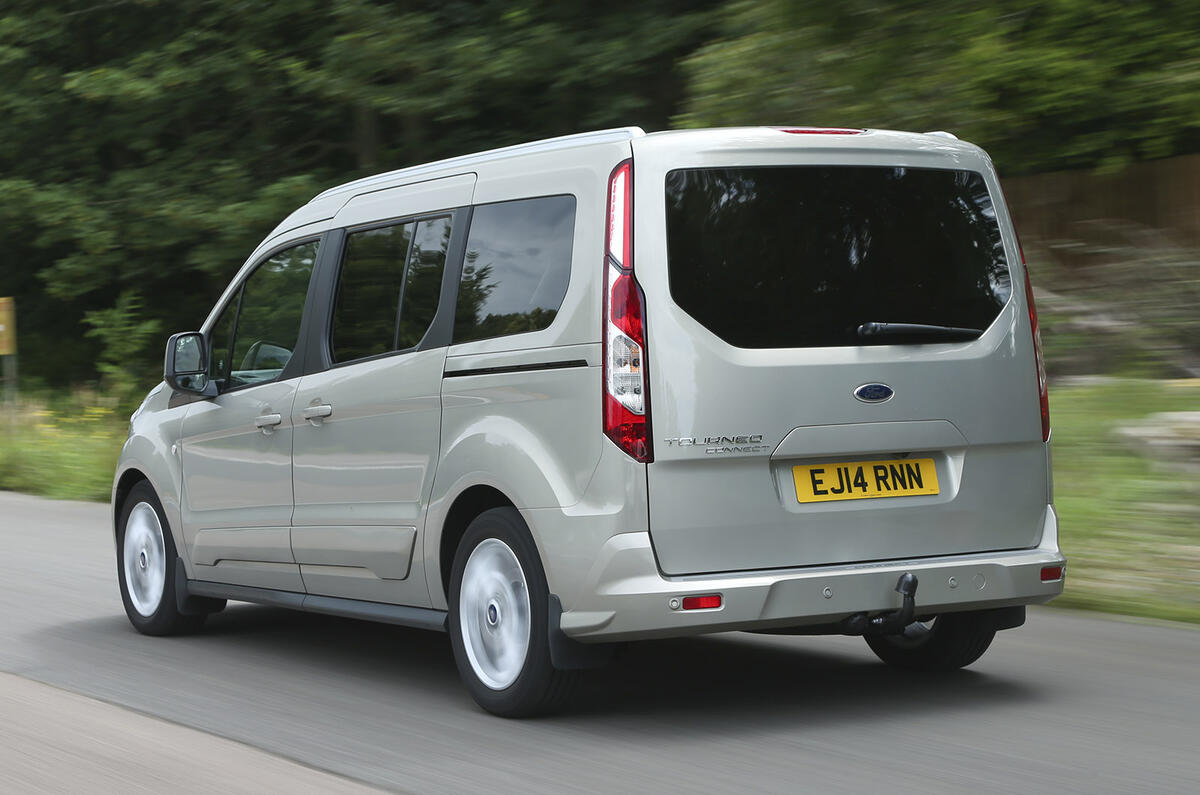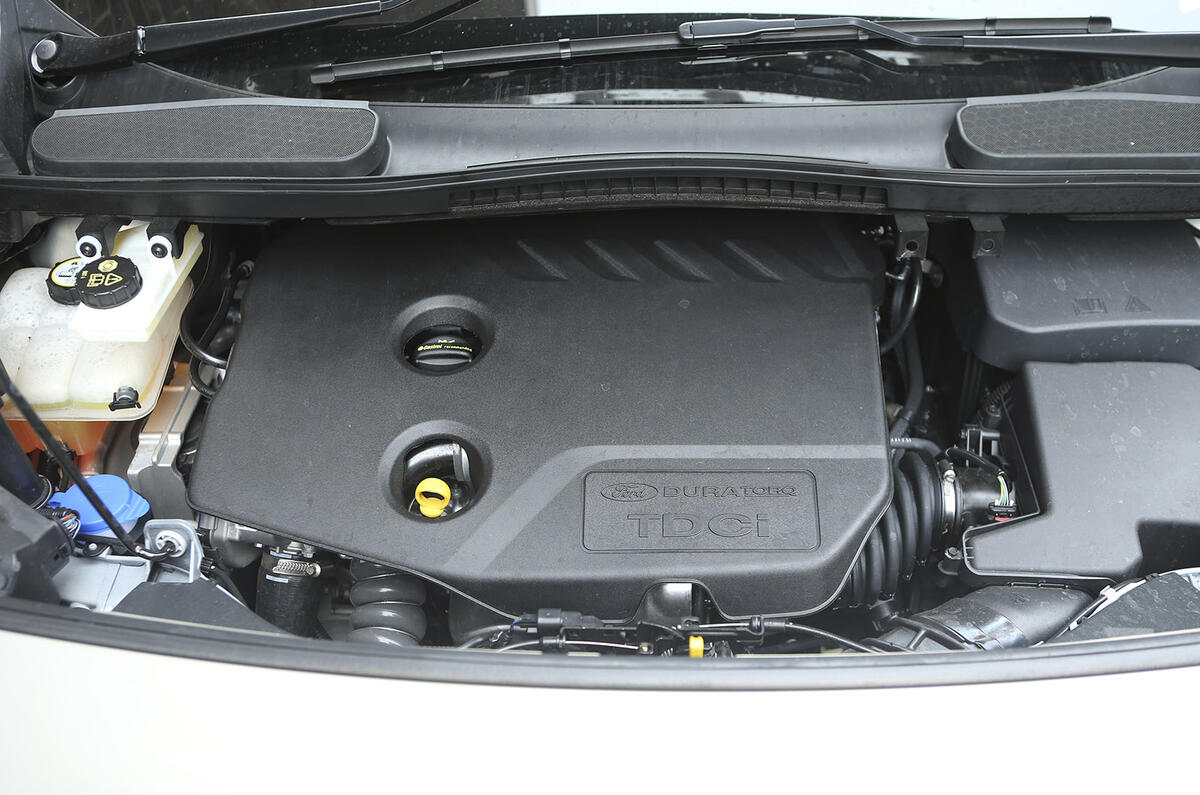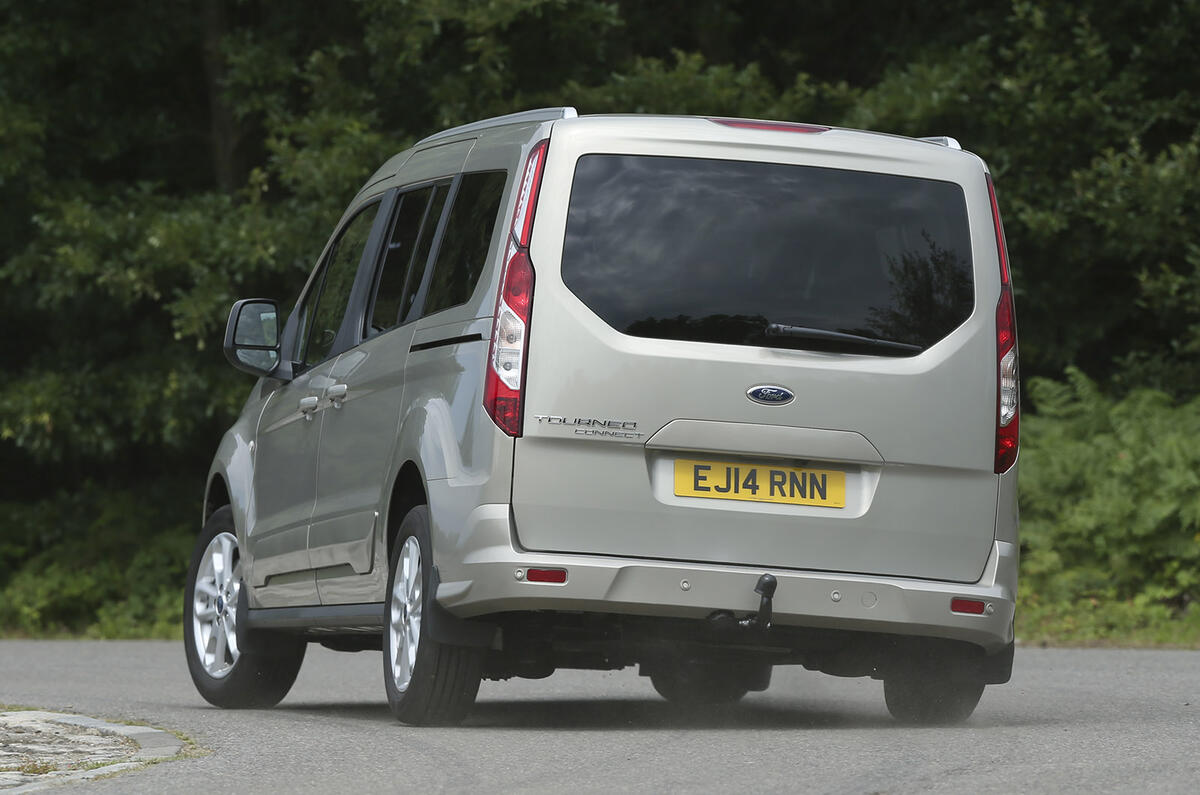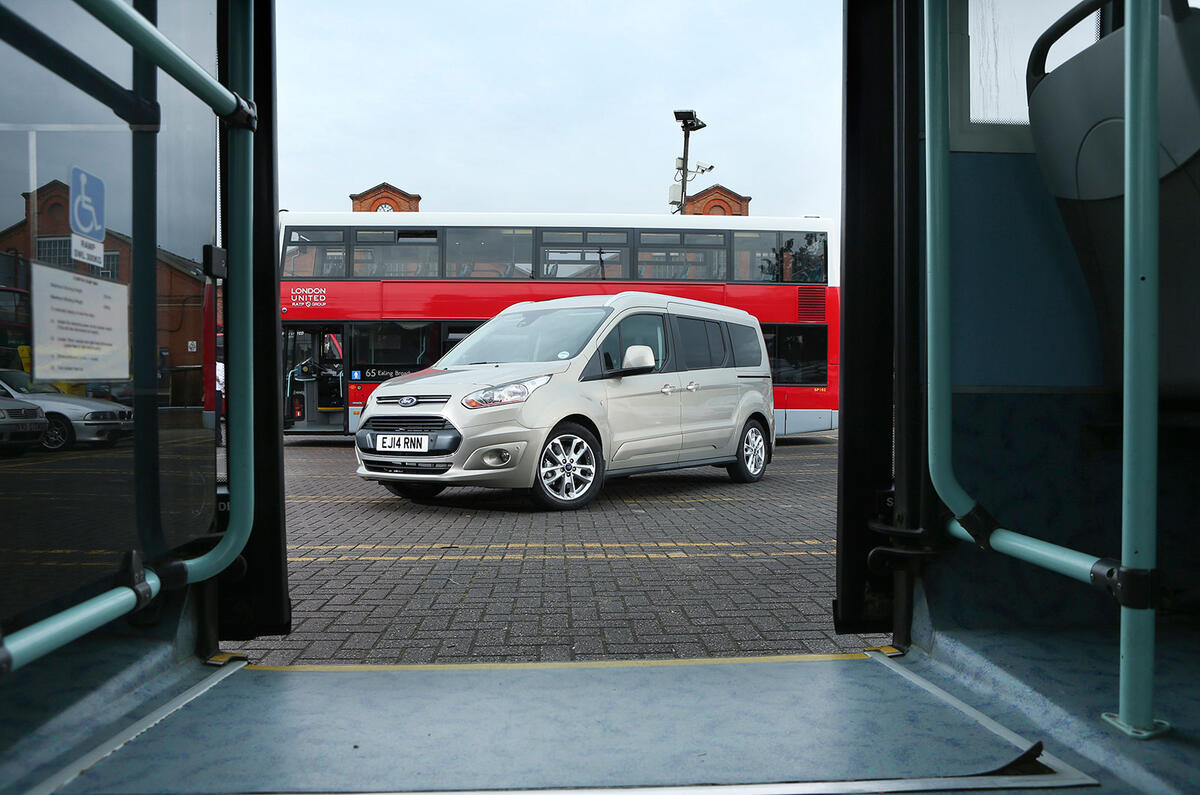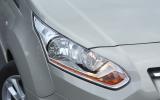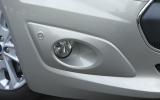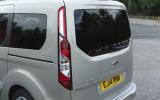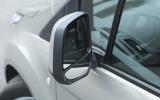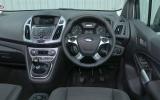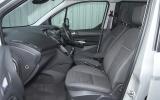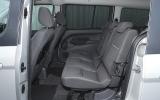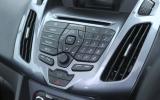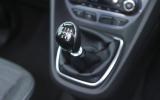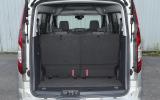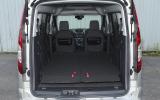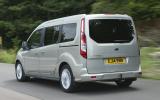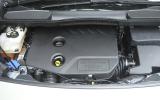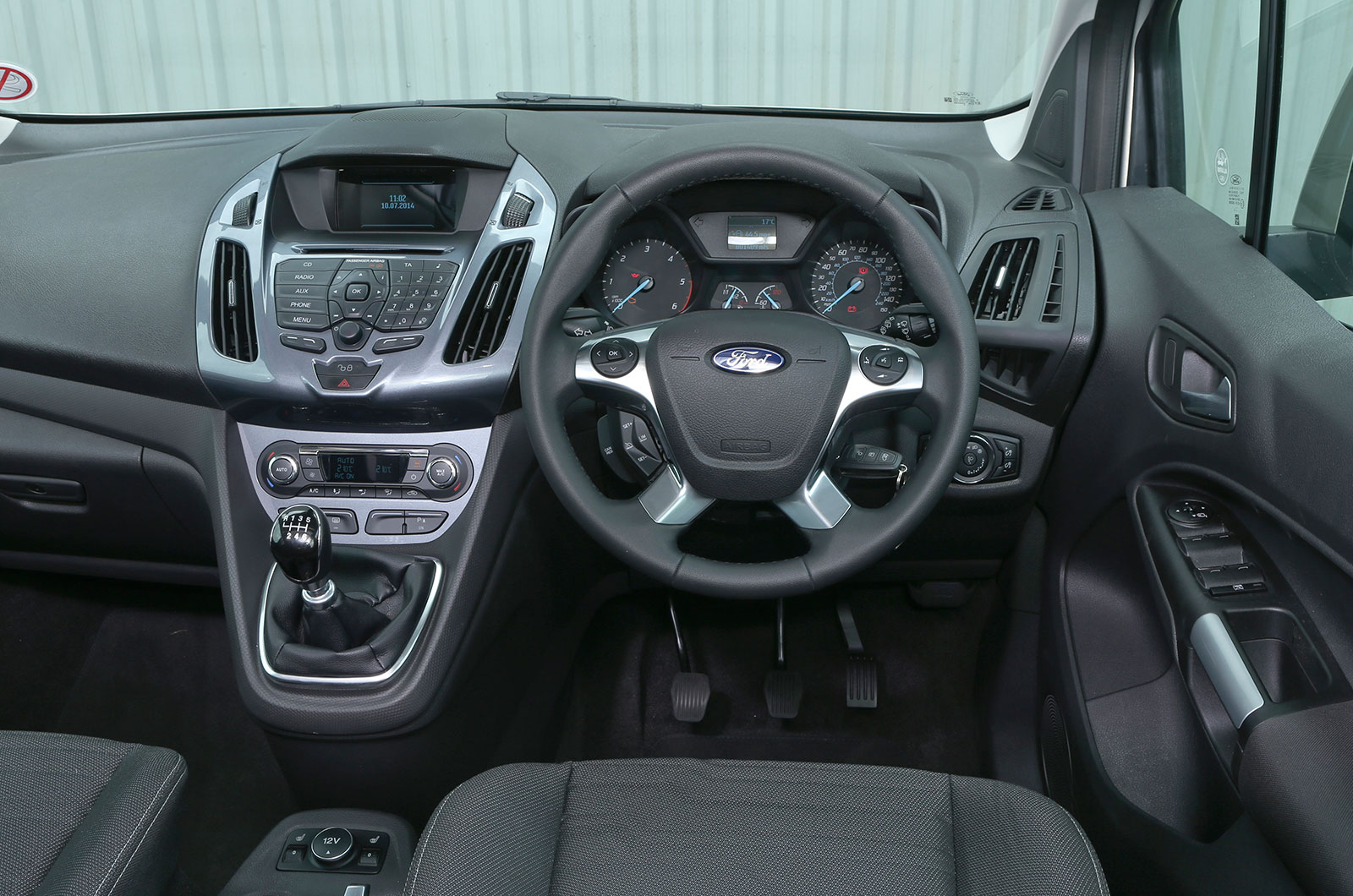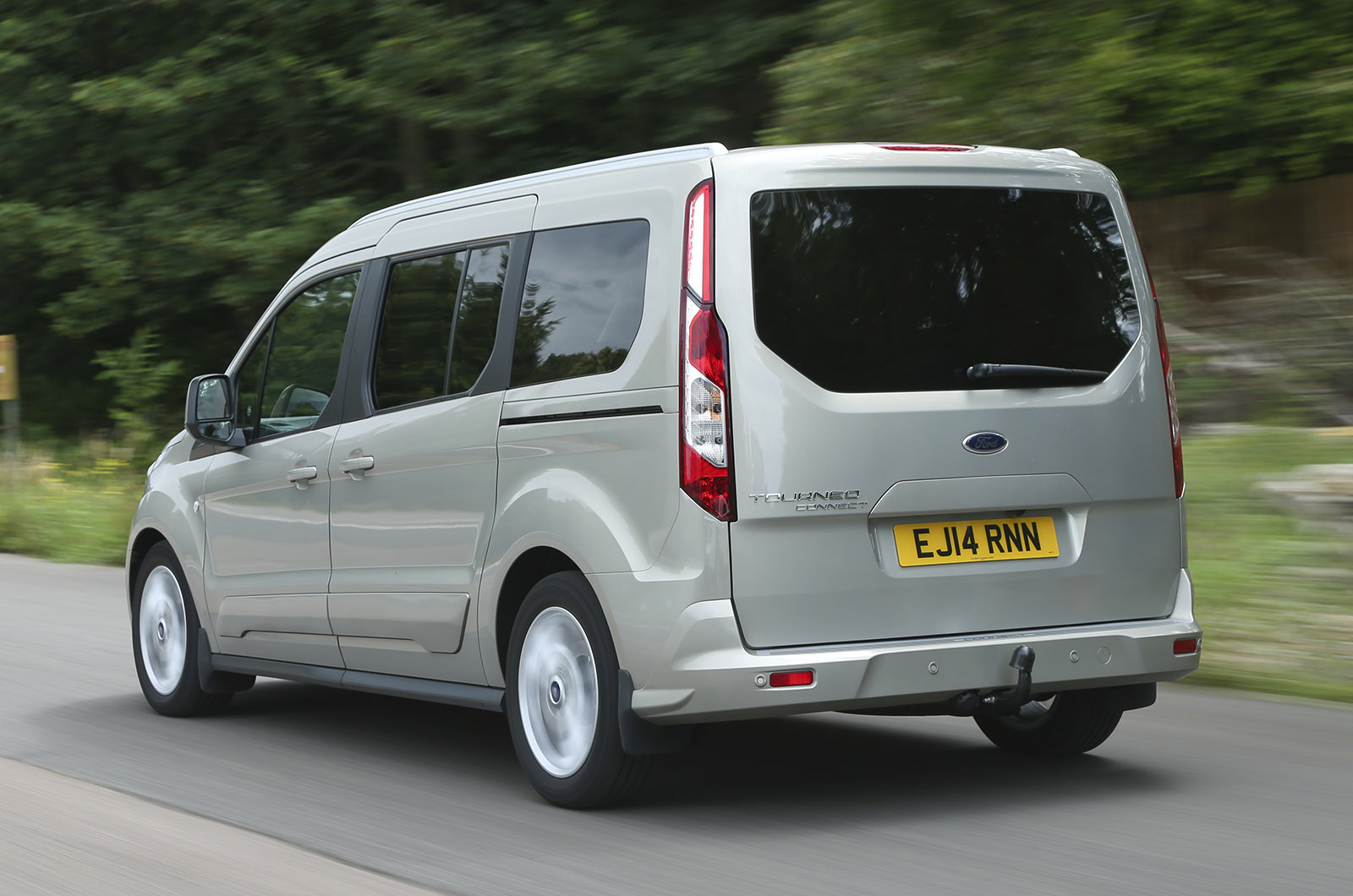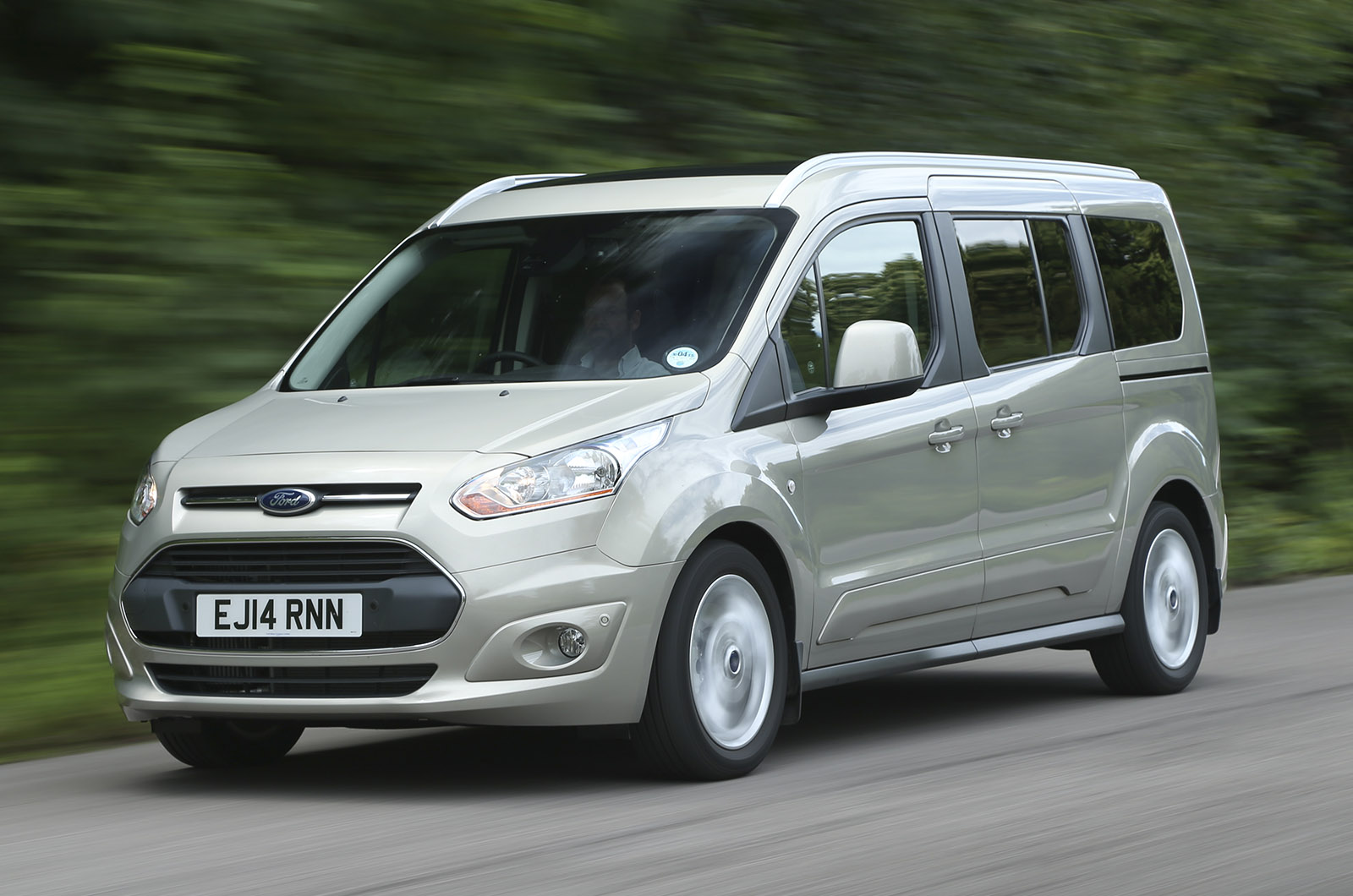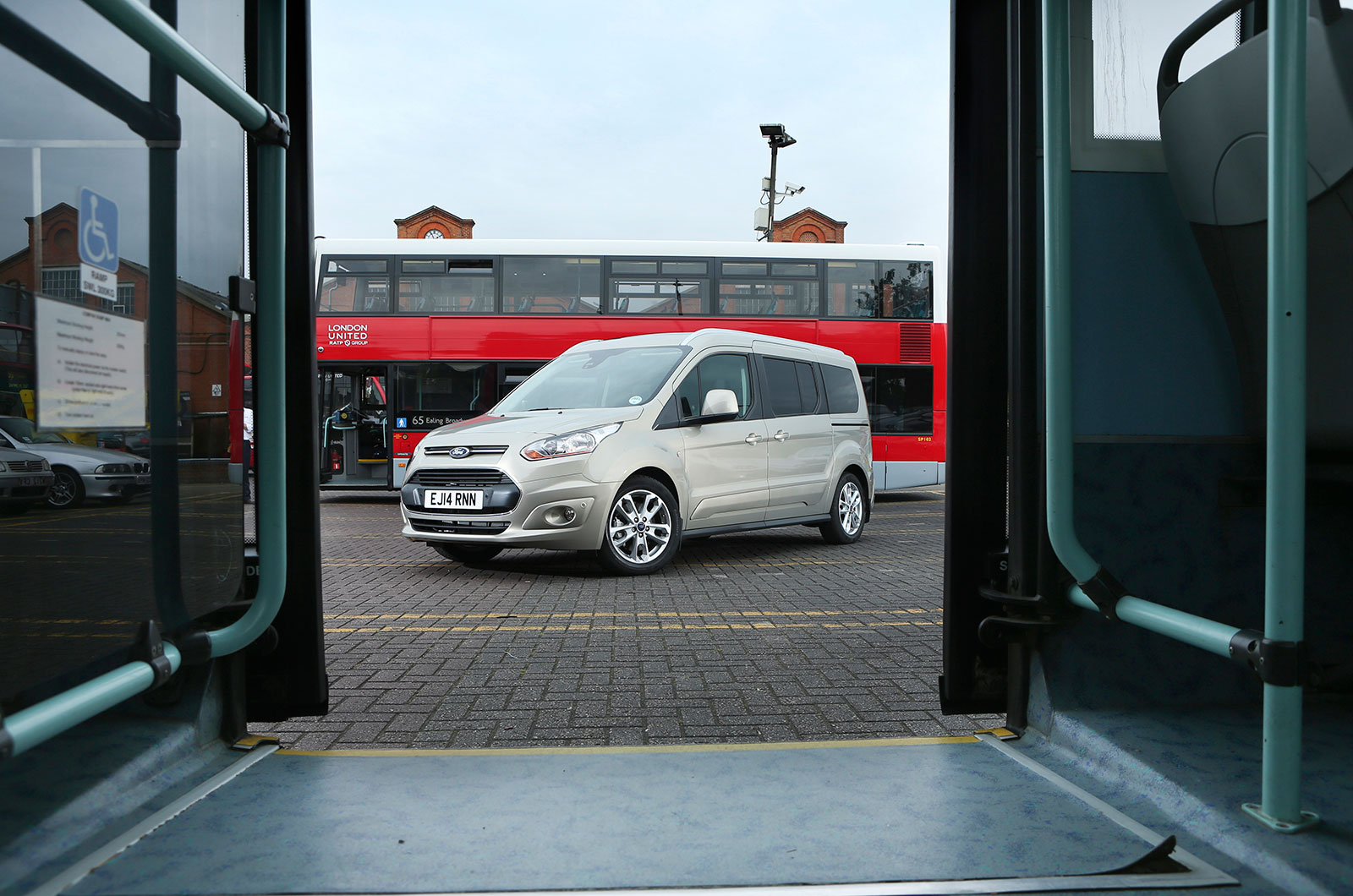Trim levels has been simplified from when it originally came to market in 2014 to just Zetec and Titanium. This means that there is far more standard kit on the entry-level versions than before. Opt for the entry-level Zetec model and you will find the Grand Tourneo Connect comes with a manually adjustable driver's seat, heated mirrors, electric windows, Ford's Quickclear front windscreen and front foglights as standard. While inside there is air conditioning, DAB radio and Ford's SYNC 1 infotainment system.
Want more? Then maybe the range-topping Titanium models is for you, with folding mirrors, static cornering lights, rear parking sensors, alloy wheels, roof rails and active city braking all included in the package.
It isn’t just the Tourneo’s structural architecture that is based on Ford’s current Global C platform.
Place the dashboards of a Tourneo Grand Connect and a Ford Focus next to each other and you’ll note that, from the top down, they’re all but identical until you reach the gearlever, whose binnacle is mounted high in the Tourneo, rather than flowing flush into the lower centre tunnel. So it’s all very car-like.
But although the layout might be the same – down to the same steering wheel, rather than saddling the Tourneo with some massive, flat-set, buttonless item – the perceived material quality does differ. Think of the Tourneo as a car with the cockpit layout of a Focus but with material choices more like a Ford Fiesta’s.
Even though the driving position is extremely sound and will feel entirely conventional to those used to cars rather than vans, there are some hard plastics in here that belie the Tourneo’s origin – just as the masses of headroom do, including an overhead storage cubby for worksheets and such.
Nonetheless, those of us who have become familiar with the idea that a Ford is infused with a particular – buzz word approaching – DNA will find much that’s both familiar and pleasing inside. Ergonomically, the Tourneo is generally good, with driving controls that are spaced as a car driver would expect them.
Beyond the front seats, things remain impressive. If you've opted for the seven-seat option the rear pair of chairs fold, separately, into the boot floor and, once erected, give more headroom – 1050mm – than a lot of cars’ front seats.
The standard middle row splits 70/30 and similarly folds flat, and there is strong legroom and huge headroom again. Access is a doddle via the sliding doors, too. And the load bay, as you’d expect of a car derived from a commercial vehicle, is low and long, with a flat load lip, which is a decent height for sitting on, sheltered from the elements by the huge tailgate. None of our testers can remember testing a car this practical during the past decade.
It's with the multimedia system where some of the ‘premium’ differences between Ford’s regular cars and a car like the Tourneo come in. The Grand Tourneo Connect gets a mono LCD screen above its stereo controls, which are slightly convoluted themselves, as on many other Fords. There are four buttons beneath the keypad, referenced on the small screen, and it’s not the most intuitive of systems.
Still, there is phone connectivity with acceptable call quality, and the cabin is quiet enough that the stereo does not have to be turned up to speaker-blowing levels to be heard. The steering wheel controls are intuitive enough, too.



